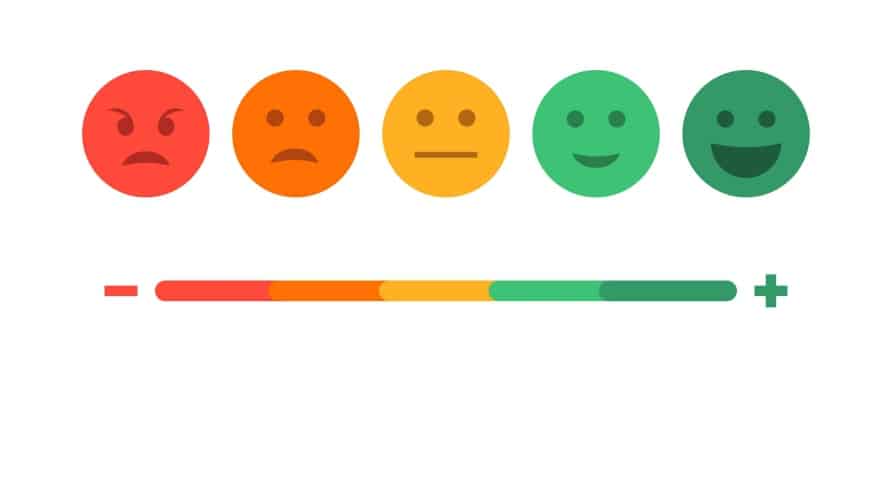Having agreed to write regularly for PerformanceIN, I find myself in the position of having to write that difficult second album article. I write sitting at home, waiting for a company to arrive to fit some blinds. We have all found ourselves in this state of limbo before, not able to leave the house, quietly assuming that the installer will surely arrive at the very end of our agreed time-slot.
Thankfully the wait coincided with a looming deadline for this article so gave me a valuable opportunity to sit and reflect on what I have learnt over the years about performance marketing. Being obsessed with effectiveness, my thinking tries to piece together a set of golden rules around ‘what works?’ and ‘what doesn’t work’? But the reality is that people, businesses and marketing are not as simple as that. Yes, there are golden rules, but for each rule-book example, there is also a counterexample.
I am lucky enough to work with some fantastic brands, many of whom have seen huge successes. But there is one thing that unites these brands and their campaigns. They offer a good customer experience at a price that their audience considers being of good value. Indeed, I would go so far as to say that customer experience is one of the key ingredients to a scaled performance marketing campaign – and this is growing in importance.
There is a fantastic TED talk by Seth Godin called ‘How Ideas Spread’ that I often quote. The crux of what Seth argues is that in the modern world, consumers have less time and more options than ever before. With this bombardment of choice, there is only one way our brains can cope – we start to ignore stuff around us that we deem to be irrelevant, boring or predictable. Unfortunately for the marketing community, that often includes our ads. Technology further empowers consumers in this trend, allowing people to block digital ads on at ever growing rates.
How brand perceptions are shaped and how brands are discovered is changing. Yes, the average consumer is still aware of many brands but this isn’t just a function of advertising, it is also due to personal experiences with brands or via word of mouth.
Branding is not a typical point you find discussed on PerformanceIN. In fact, a quick search of ‘branding’ on the site yielded only two results – the most recent around two years ago.
But brands and brand development are absolutely vital in driving performance. A strong brand will allow your performance marketing activity to work disproportionately hard. Strong brands typically have the following performance friendly characteristics:
- More direct traffic, brand and product searches – allowing you to drive traffic and conversions at low cost
- More positive conversations about your brand, both online and in real life – this drives both direct traffic and preference
- In performance marketing terms, preference means a better CTR (Click Through Rate) (and therefore quality score) and conversion rate. It is also worth noting that a strong brand helps you gain consumer attention. All things being equal, people notice ads from brands that they like far more often than from brands where there is no previous relationship
- Reduced price elasticity. Simply put, this is consumer willingness to pay a premium for your product, or at least greater willingness to buy your product over rival products that come with a lower cost. This point is vital as it’s a key building block in driving business profitability
In this age of attention deficit, brands are less able to rely on traditional advertising techniques to drive fame and differentiation. So how do you develop a brand when people are increasingly ignoring your ads? Customer experience is king, and it is likely to become more important through time.
You see, people remember when they have a memorable or emotional experience – for good or bad – and they tell other people. Social media and messaging apps have exploded in popularity and, empowered by connectivity, we learn from the experience of others at a greater rate. When conversations happen about brands, those conversations have a disproportionately large influence over our future purchase decisions.
Brand ads may struggle for consumer attention, but for most of us, friends and family still gain cut-through to our emotions. In the era of the internet, one especially good or bad experience can shape the brand perceptions of many thousands of others. This is the modern way that brands are built and become famous, fast.
We must, therefore, strive to create outstanding customer experience. Seth Godin’s solution is to build products and communications that are ‘remarkable’. He means that in the most literal sense: the customer experience relative to value should be so good that people feel compelled to tell others about it.
There are many new big brands that are flourishing in our modern age. I’d urge you to ask yourself; how did you first find out about Facebook, Uber, Ocado or Amazon? I would wager that for the majority of you it came as a form of peer endorsement or PR, rather than traditional advertising.
Is brand advertising dead? Of course not, but it does need to evolve as many of the tried and tested tactics of the previous century are being ignored by consumers at ever greater rates.
There is, of course, a dangerous flipside to being remarkable. Brands can be remarkably bad as well as remarkably good. In the world of social and review sites, we are far more vocal about bad experiences, meaning good customer service should be considered a vitally important hygiene factor.
Having penned most of the second article, there is an apt yet frustrating conclusion to this piece. Frustrating because my blinds have not been installed; the installer never arrived, with the delivery window been and gone. This also helps to prove my point – I have, of course, now written publicly about my annoying experience as well a poor review. Do feel free to get in contact if you would like to know which fitted blind company to avoid!

